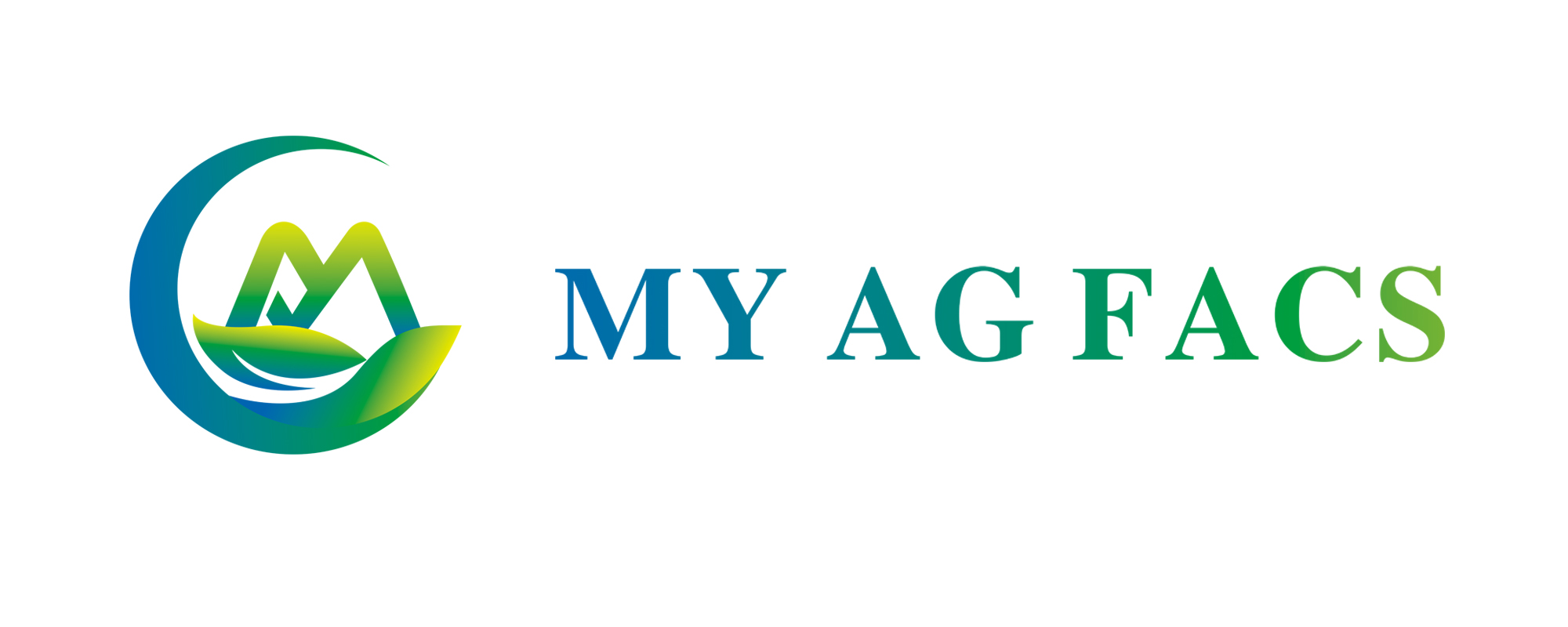
In the realm of agricultural irrigation, drip irrigation and seepage irrigation have long been under scrutiny as two primary methods for watering crops. These techniques play crucial roles in enhancing irrigation efficiency and conserving water resources. However, they each have distinct characteristics and applications.
Let's first take a look at seepage irrigation. Seepage irrigation utilizes strip-like pores or permeable materials to allow water to infiltrate into the soil, effectively irrigating the root zones of plants. This method somewhat mimics the natural process of rainfall infiltration, reducing the risks of water loss and soil erosion. Therefore, in scenarios requiring large-scale uniform irrigation, such as orchards or vineyards, seepage irrigation can yield favorable results.
In contrast, drip irrigation is more precise and water-efficient. Drip irrigation delivers water directly to the roots of plants through a system of pipelines, enabling precise control of water quantities for each plant. This reduces water wastage and prevents the spread of diseases and pests. Drip irrigation is particularly suitable for crops with low water requirements but high demands for water quality, such as vegetables and flowers. The adjustability and precision of drip irrigation contribute to more sustainable agricultural practices and can enhance the quality and yield of crops.
However, whether it's drip irrigation or seepage irrigation, both are integral components of irrigation systems that contribute to water conservation and soil protection. In practical applications, the choice between the two methods should consider factors such as crop water requirements, soil types, and geographical conditions.